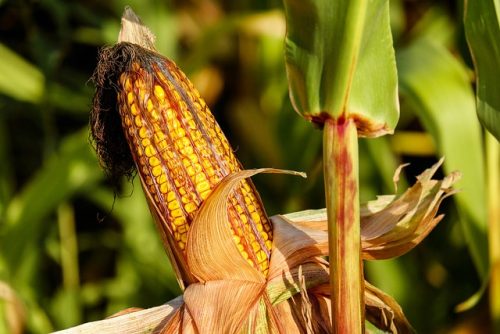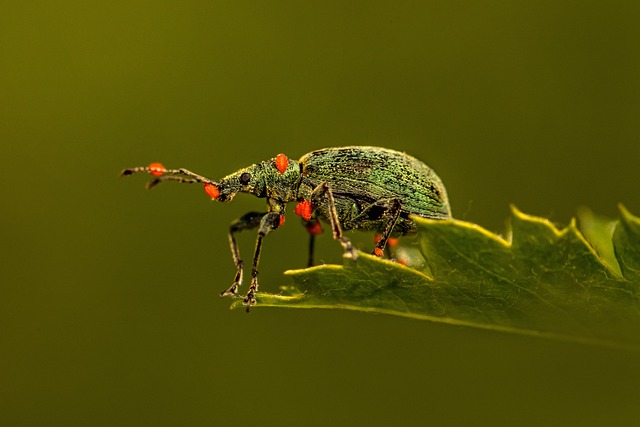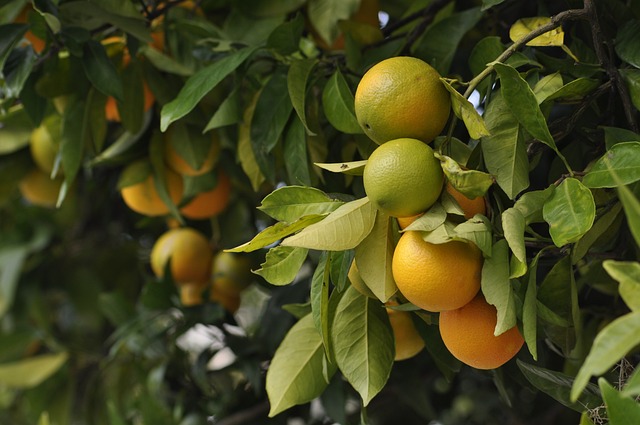Introduction: What exactly is meant by ‘Integrated Pest Management’?
Integrated Pest Management (IPM) in agriculture is the eco-friendly and sustainable approach of dealing with pests– that are unwanted organisms that harm the crops. Instead of using Pesticides that are harmful to the environment and human health, many farmers may also opt for Integrated Pest Management which is based on the system and practice of using animals and other organisms found naturally in the surrounding areas in their natural habitats that are part of the larger ecosystem in which the crops are planted.
To understand this concept consider for instance that when lands and forests are cleared for cultivation, many birds, bees and insects along with a large number of other wild fauna and flora lose their homes- their natural habitats. This loss of habitat not only harms the local biodiversity and the overall ecosystem but unknowingly we may also be losing an efficient and economical source of pest management. It may be more beneficial that we could clear lands only partially and leave some trees that can still house some birds and insects that may serve as natural predators of the pests that tend to attack the crops. In this way, pests can be managed at no extra cost to the farmer.
This integration of various animals and birds in the natural ecosystem for the purpose of controlling/killing pests is known as Integrated Pest Management.

Also check out: Occupational Health Risks and Hazards Related to Agriculture
Techniques or Methods of Integrated Pest Management (IPM):
There are a number of ways Pests can be controlled in IPM, they are:
- Prevention: This obviously goes without saying that preventing pests or conditions that attract pests to the crops in the first place is the most efficient and cheapest tactic for managing pests. This can be done by keeping the soil healthy, using organic fertilizers like manure that provide nutrients to the plants necessary to develop pest and disease resistance.
- Agricultural Techniques: The second most common way is to use tested techniques that can make crops more resilient to pest attacks such as crop rotation in which a different crop is planted after every harvest, strip cropping, interplanting which means to plant crops between other crops , planting tolerant crops known to resist pests, mulching the soil to ensure good quality soil (as good soil health will lead to stronger and more disease and pest resistant plants) and most of all frequently taking care of the soil health and condition by regular monitoring and weed control.
- Trap Cropping: This is the technique of planting crops that specifically attract pests in order to spare the main crop. This serves as a bait for the pests and like this, the main crop of the farmer is protected against the attack and he doesn’t suffer any loss. This thus, ‘traps’ the pest and saves the target crop.
- Seed Selection: Many times, the pest problem may begin from where the farmer chooses to buy his seeds. In case seed nurseries and greenhouses do not take proper care of the seeds or overlook a problem, the pests may be transferred and become a larger problem on the farmer’s land. For instance, if a seed is purchased as it is not healthy- not tough, plant and disease resistant due to poor growing conditions or lack of care, it may already be infested with a common pest such as the white fly which is usually overlooked. Always buy seeds from reputable sellers and avoid planting any damaged plant.
- Planting Resistant Cultivars: Along with thoroughly checking the plant for any signs of damage and planting a crop with a well developed root system, another technique is to plant resistant cultivars which are plants that are specifically known to be undesirable or not much effected by pests and can maintain their yield and quality. Simply put, it is the planting of pest resistant plants.
- Integration of Species: Often, knowing what kind of pest is attacking the crops and what bird or insect may serve as a natural predator of it can be very beneficial and is the basic sort of IPM as farmers can then take measures to plant the specific tree/s that attract those birds or insects or can serve as their homes so that they may live there and kill the pests for food source. This is known as biological pest control in IPM. Also Check out, Biodiversity Management- Methods, Techniques and Importance
ADVANTAGES OF INTEGRATED PEST MANAGEMENT (IPM):
- Efficient, cheap and better than pesticides.
- Not toxic or harmful for the environment or human health. For further info, read: Poisonous Pesticides – The Harmful Impacts of Pesticides on Humans
- Does not cause water, land or air pollution.
- It is sustainable, beneficial and eco-friendly for the long term.
- Great for preserving habitats and ecosystems that lead to biodiversity conservation.
You may also like: Sustainable Agriculture Practices and Their Advantages
DISADVANTAGES OF INTEGRATED PEST MANAGEMENT (IPM):
- It is a bit time consuming as it involves detailed planning.
- It requires deep management of technique implementation such as what crops need to be planted for crop rotation, where and when, where should seeds or plants be sourced from etc.
- More resources are needed for initial implementation as it is an alternative to pesticides.
- Extra energy and time is required to maintain and monitor soil health, plant health and to ensure good crop yield.
- Pests do not develop any sort of resistance to these techniques as opposed to when farmers use pesticides and pests are able to develop resistance overtime.
The main objective of Integrated Pest Management is to reduce chemical use- pesticides. Hence, any other approach that is used to control pests may fall under IPM particularly when different aspects of the environment may be incorporated in it. The pros of IPM exceed its cons and hence it is increasingly become more popular with many farmers across the world than pesticides as part of the Green and Sustainable development initiative.
You may also be interested in:
Biodynamic Farming- Methods and Advantages
Biodynamic Farming Benefits and Importance for Environment
I hope you all liked this post! Please comment below if you have any suggestions, comments, or feedback! We at #envpk love hearing from our readers! Thanks!




